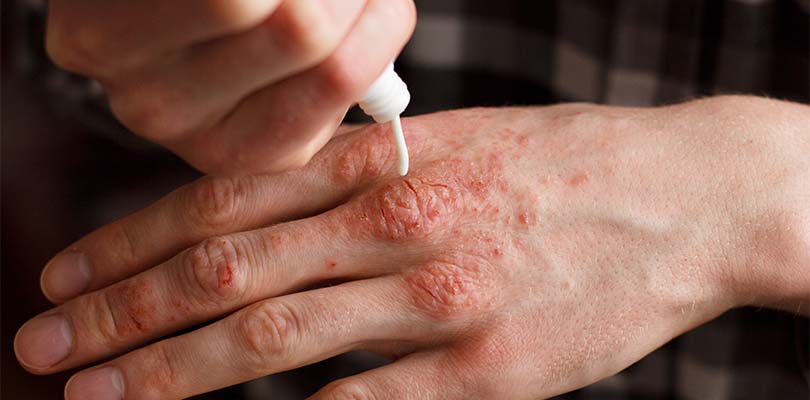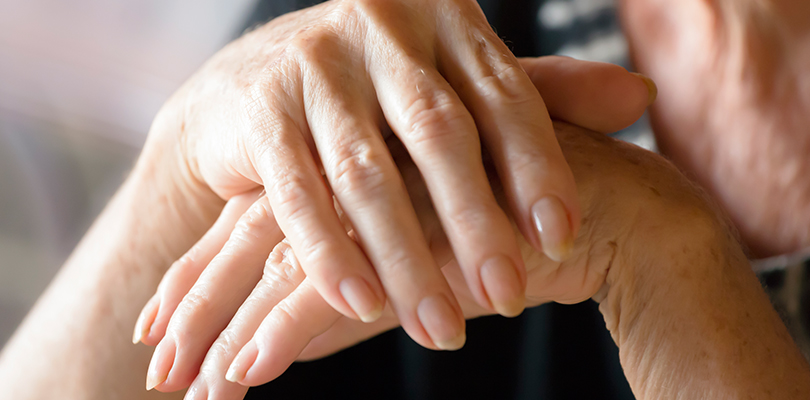What Is Psoriatic Arthritis?
The similarity of some diseases is one major problem that makes it hard to treat and control them. That is why it is very important to first understand those diseases before we embark on treating them, such as arthritis. What is psoriatic arthritis? Psoriatic arthritis, for example, is one ailment that can be confusing to patients and healthcare providers, given that the signs and symptoms are similar to other types of arthritis. However, it is important to get an accurate diagnosis as the treatment for psoriatic arthritis differs from that of other forms of arthritis; a simple mistake in its diagnosis can therefore be very dangerous to the health and quality of life of the patient.
What Is Psoriatic Arthritis: A Definition
Psoriatic arthritis is one type of arthritis that affects individuals who have psoriasis. Psoriasis is a skin condition that involves rapid skin cell growth, which often leads to inflammation. This inflammation results in scale-like patches that are painful or itchy.
While most individuals develop psoriasis before being diagnosed with psoriatic arthritis, problems with the joints of the body can sometimes begin before the classic psoriasis skin patches appear.
Causes and Triggers of Psoriatic Arthritis
Psoriatic arthritis is due to the immune system mistakenly attacking healthy cells and tissues within the body, resulting in increased skin cell growth and joint inflammation. While it is not entirely known why this happens, it is believed that both the environment and genetics play a role, as more than 40% of patients with psoriatic arthritis have a family member who also suffers with the condition.
There are other known triggers for the development of psoriatic arthritis, especially in people that are genetically susceptible to the condition, including:
- Skin wounds or infections
- Too much, or extreme stress
- Cigarette smoking or extended exposure to the smoke
- Very low temperatures
- Some types of medication
- Addiction to alcohol
Symptoms of Psoriatic Arthritis
The physical inflammation of the skin may be the initial identifier, and then some of the following symptoms will follow:
- Swelling of the joints. The swelling is usually caused by the inflammation and it is a common symptom of this kind of arthritis. The affected joints may also feel warm to the touch.
- Stiffness and pain in the joints. This symptom may only be experienced in one joint, or in several of them at a given time. The joints that are most affected include the ankles, fingers, toes, the knees and even the lower back. A person may experience a remission where the stiffness and pain might come and go, or a flareup where the pain is worse and extends for a longer period of time.
- Rutted or scarred nails. When the nails start changing their smoothness to a pitted nature, it may be a symptom of psoriatic arthritis. They may appear like they have been attacked by a fungal infection.
- Onycholysis or separation of nails. This is when the nails detach themselves from the skin below. They can even fall off and this may occur without the pitting of the nails.
- Inflamed toes and fingers. Psoriatic arthritis may start through the swelling of the joints of the toes and fingers. The swelling of the toes and fingers give a characteristic sausage appearance. Other types of arthritis will inflame just the joints of the fingers or toes, but in this case the entire lengths of the fingers will be swollen.
- Pain in the lower back. Spondylitis, the swelling of the sacroiliac joints of the spine, is another symptom of psoriatic arthritis, resulting in lower back pain.
- Pain in the feet. Foot pain tends to occur where the tendons attach to the bone. In this case, a person will experience pain in the ankles, the heel or Achilles tendon and in the middle of the foot.
- Swelling of the eyes. A person will experience eye redness, pain and irritation, and vision may also be affected.
- Pain and swelling of the elbow. This symptom often results in difficulty with elbow movement.
- General fatigue. When most of the joints of a person’s body are affected by psoriatic arthritis, they will make the person feel exhausted and tired. The fatigue will wear a person out and hence make them want to take breaks regularly during their daily activities.
Psoriatic arthritis is a form of arthritis that affects some people who have psoriasis. Here are some treatment options and tips for managing it.
Treatment of Psoriatic Arthritis
There is currently no cure for psoriatic arthritis. As a result, treatment is aimed at relieving symptoms and preventing further joint damage. Treatment is determined by the extent of disease and patient preference. Treatment may also be altered depending on response to therapy. Below we outline various treatments that are recommended to individuals with psoriatic arthritis.
NSAIDs
NSAIDs (non-steroidal anti-inflammatory drugs) help to control joint inflammation and reduce pain. NSAIDs can be purchased over the counter (ibuprofen) or prescribed by your doctor.
DMARDs
Disease modifying antirheumatic drugs are prescribed to a person with severe psoriatic arthritis. They help to relieve the extreme symptoms and they also slow down tissue damage, thus stopping the progression of the disease.
Biologic Drugs
Biologic drugs, administered via intravenous infusion, are prescribed to individuals who have not responded to other treatment options. These medications can be used alone or in combination with DMARDs. These drugs can reduce the progression of the condition and may even stop it completely by targeting specific areas of the immune system that trigger inflammation that leads to joint damage. However, these drugs increase the risk of infection and higher doses have been associated with an increased risk of blood clots in the lungs.
Immunosuppressants
Immunosuppressant drugs help to control the immune system. However, they increase the risk of infection.
Additional Treatment Options
In addition to medications, steroid injections may be recommended to control inflammation, and in severe cases joint replacement surgery may be necessary.
There are also lifestyle factors that can be changed to help manage symptoms, including:
- Protecting the joints
- Maintaining a healthy weight
- Regularly exercising
- Reducing alcohol consumption
- Quitting smoking
How Psoriatic Arthritis Varies from Other Types of Arthritis
Psoriatic arthritis is just one type of arthritis and can be difficult to differentiate from other types such as gout, rheumatoid arthritis, osteoarthritis and lupus, as they all show similar symptoms. The main difference between psoriatic arthritis and other types of arthritis is that psoriatic arthritis affects both the joints, often asymmetrically, and involves psoriatic skin lesions.
In Conclusion
Psoriatic arthritis can be a painful condition that can negatively affect your quality of life. While there is currently no cure for psoriatic arthritis, there are various treatment options available to help manage your symptoms. Getting an accurate diagnosis and beginning effective treatment early in the course of the disease can help to decrease pain, improve joint function and slow the progression of the disease. If you suffer from psoriasis and are also experiencing joint symptoms, it is time to speak to your doctor about psoriatic arthritis.







